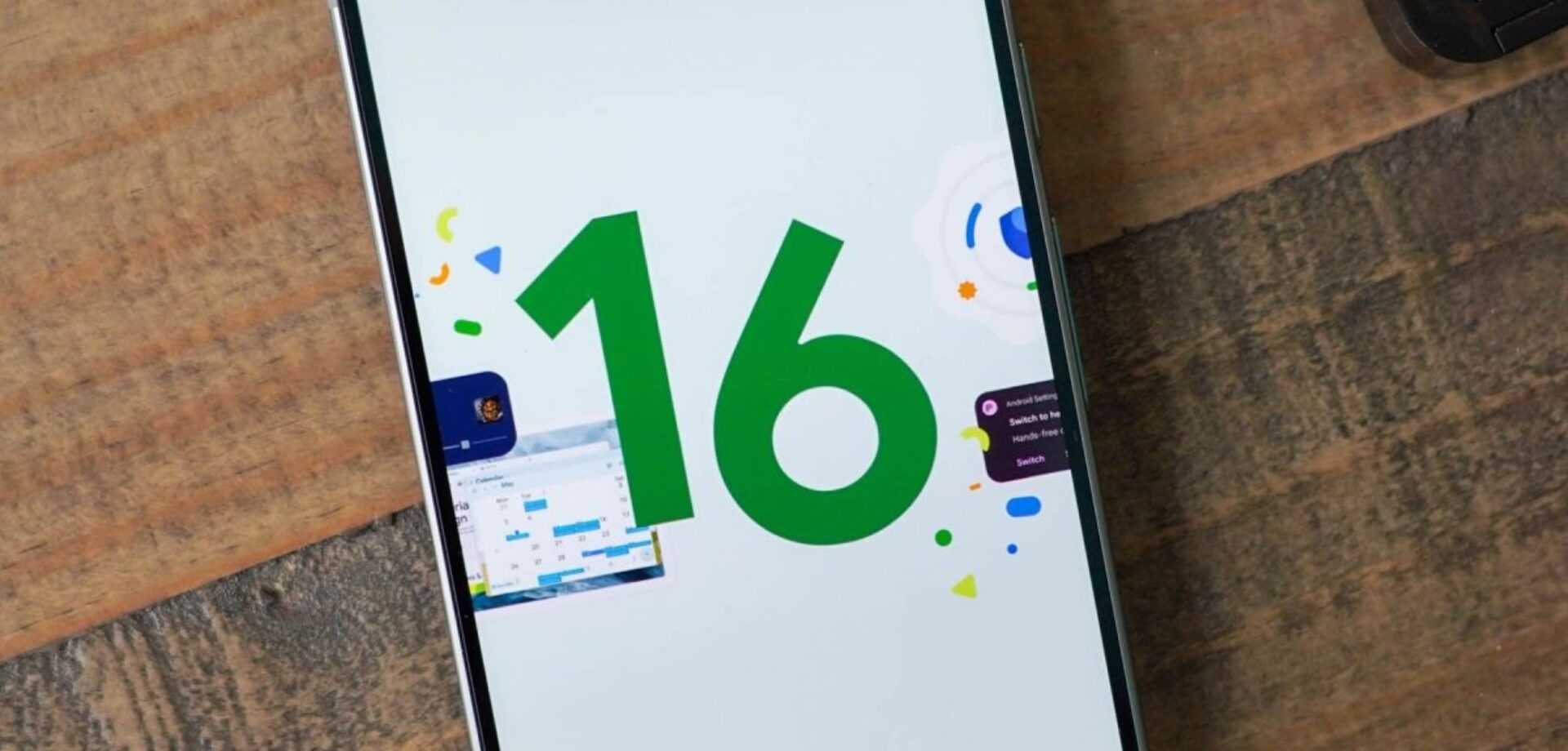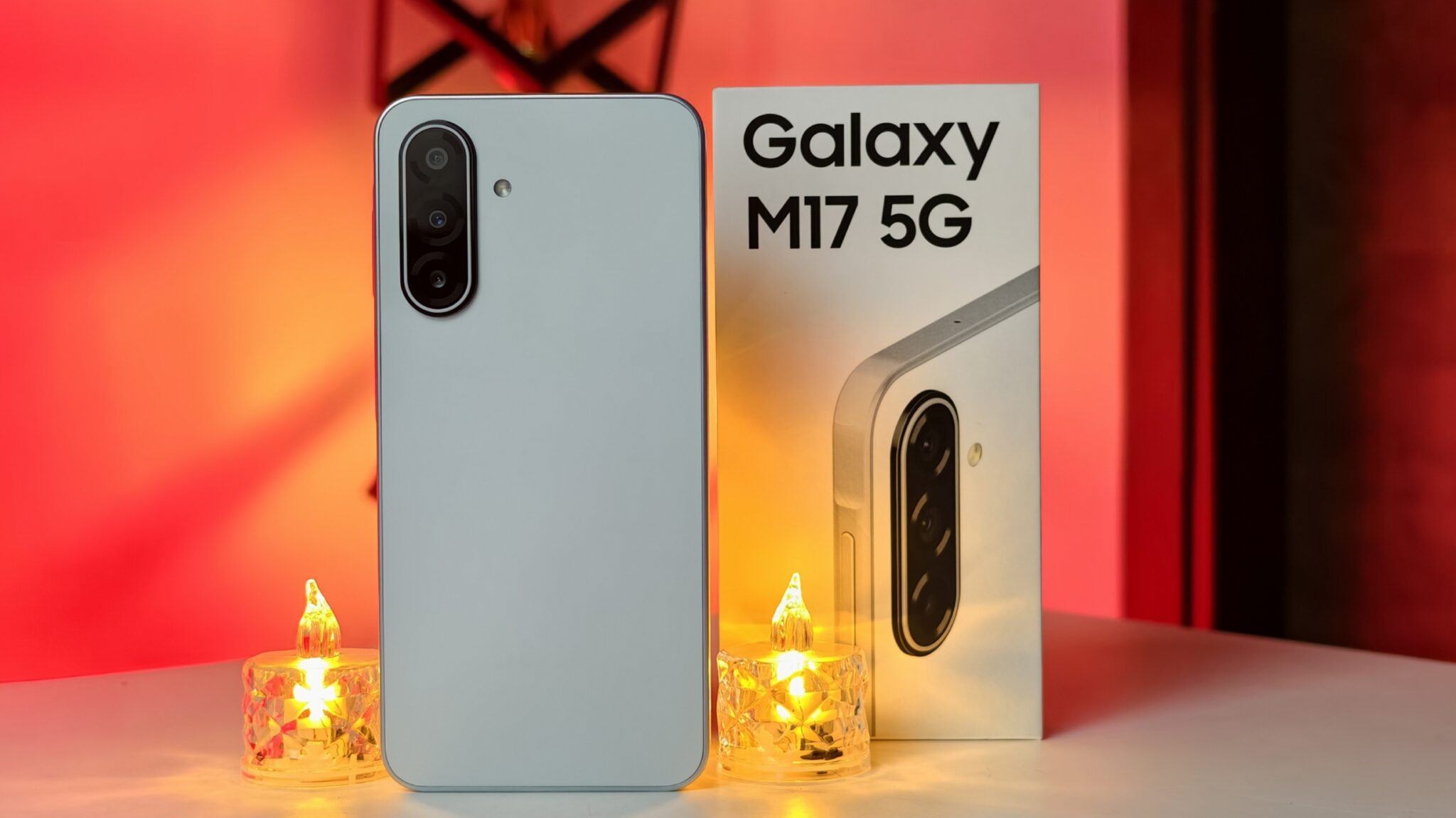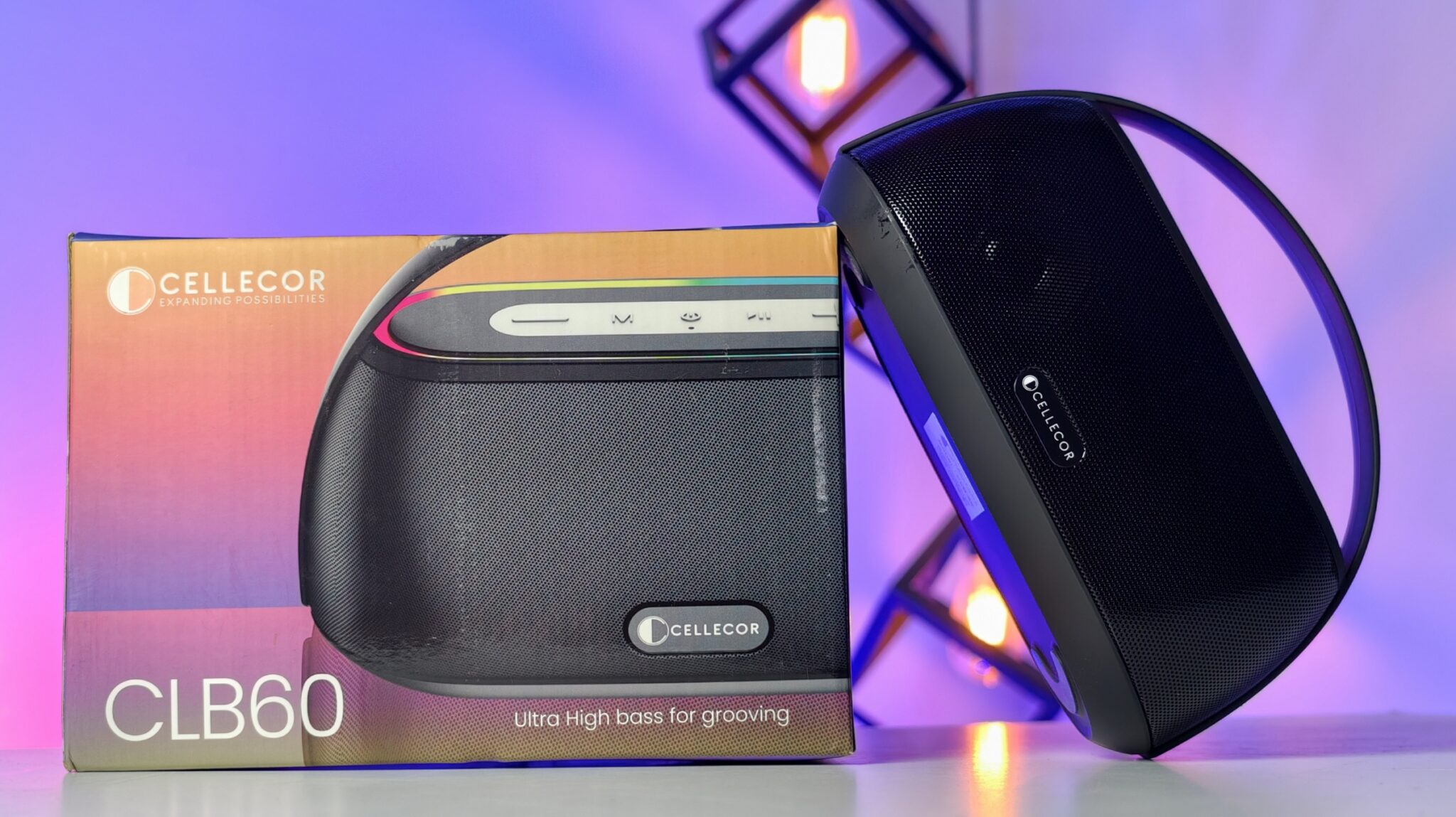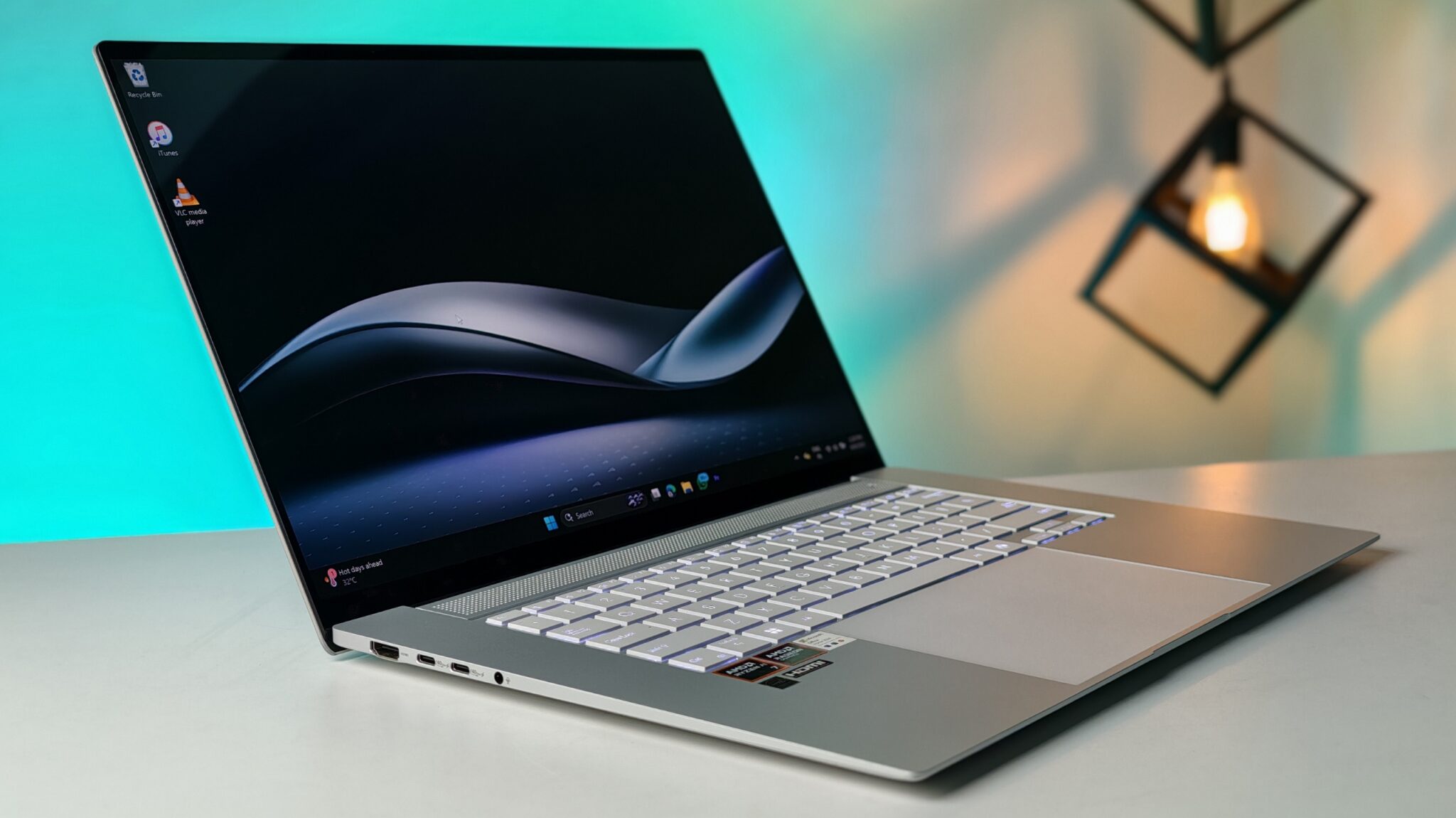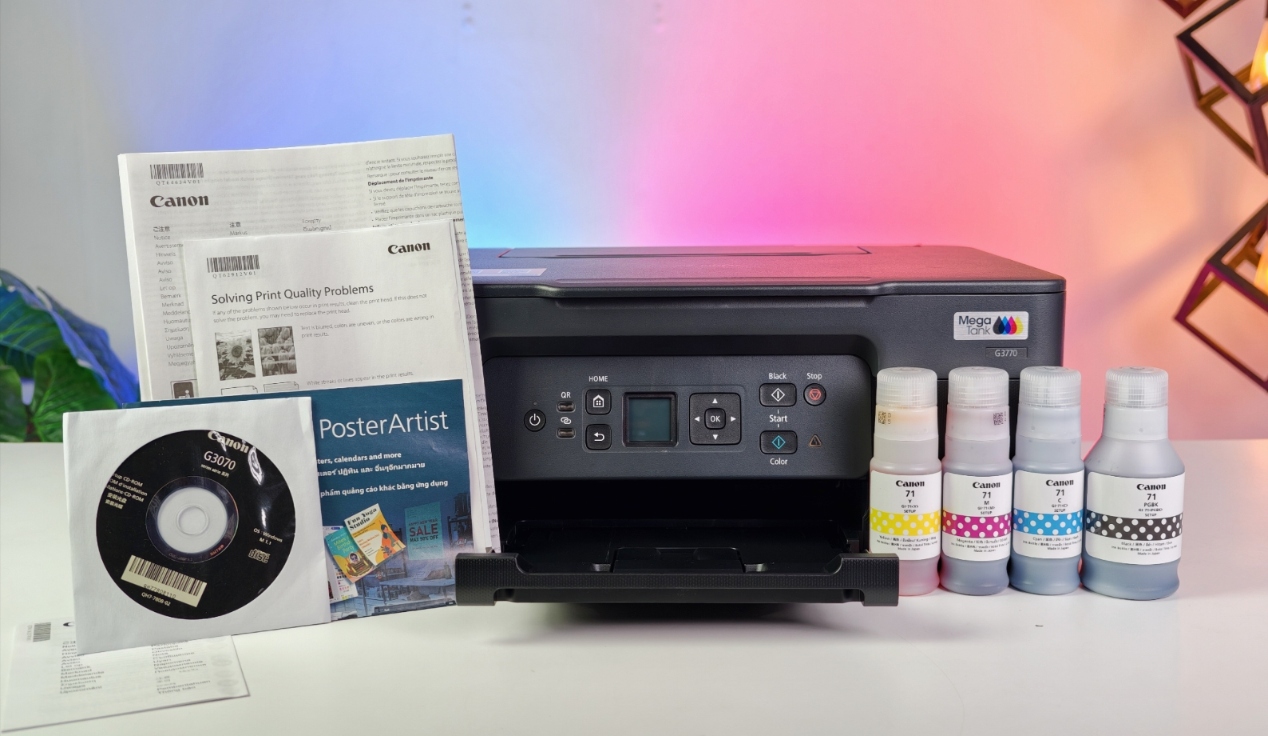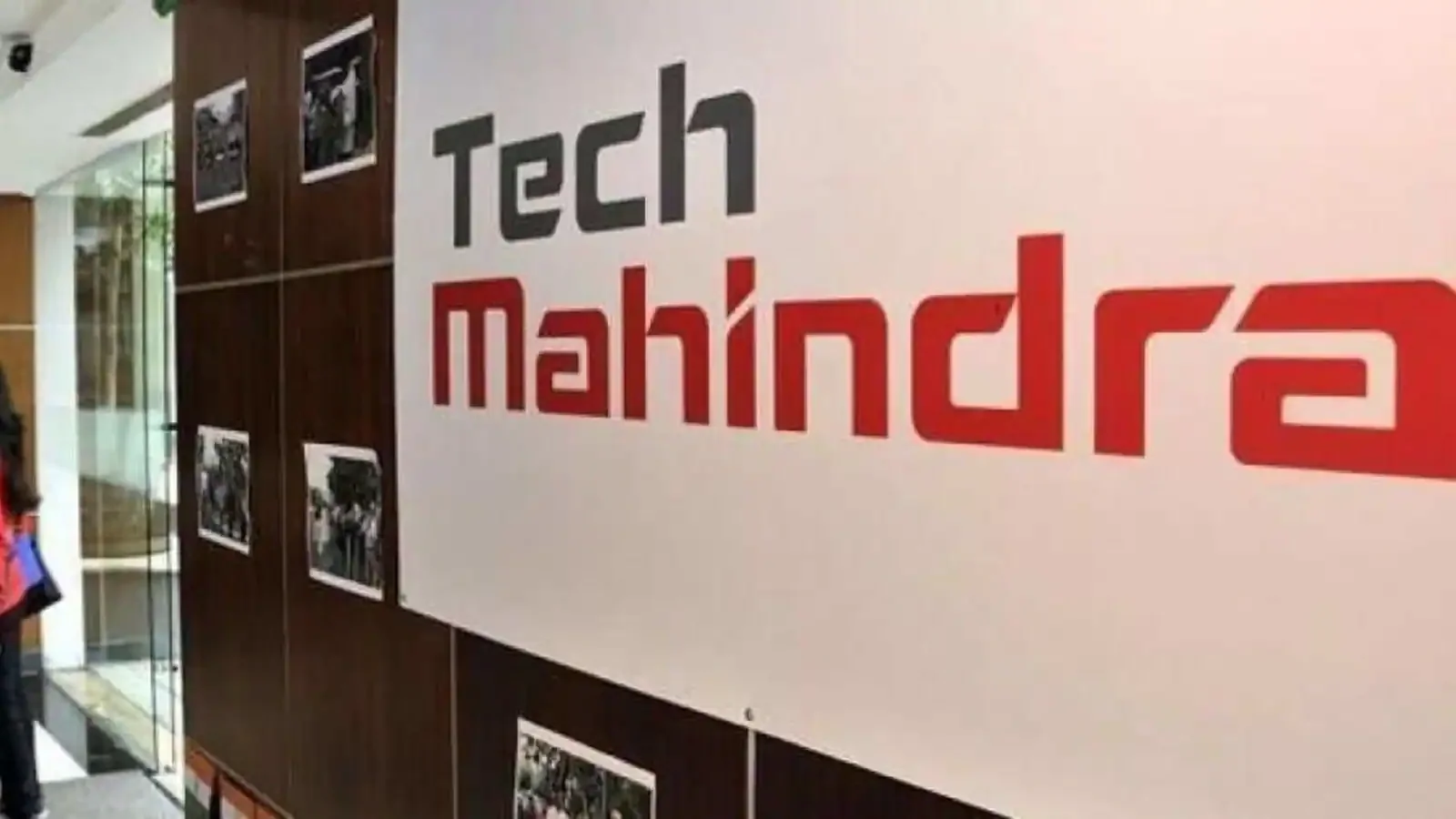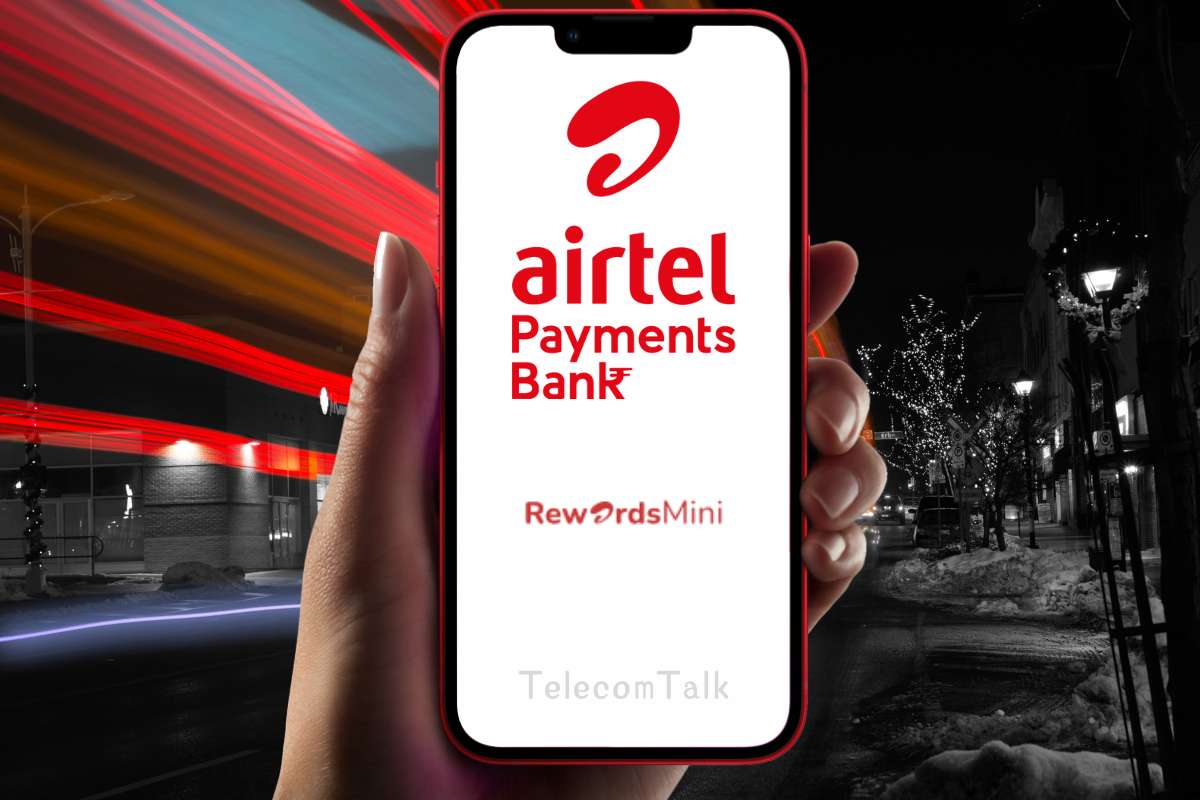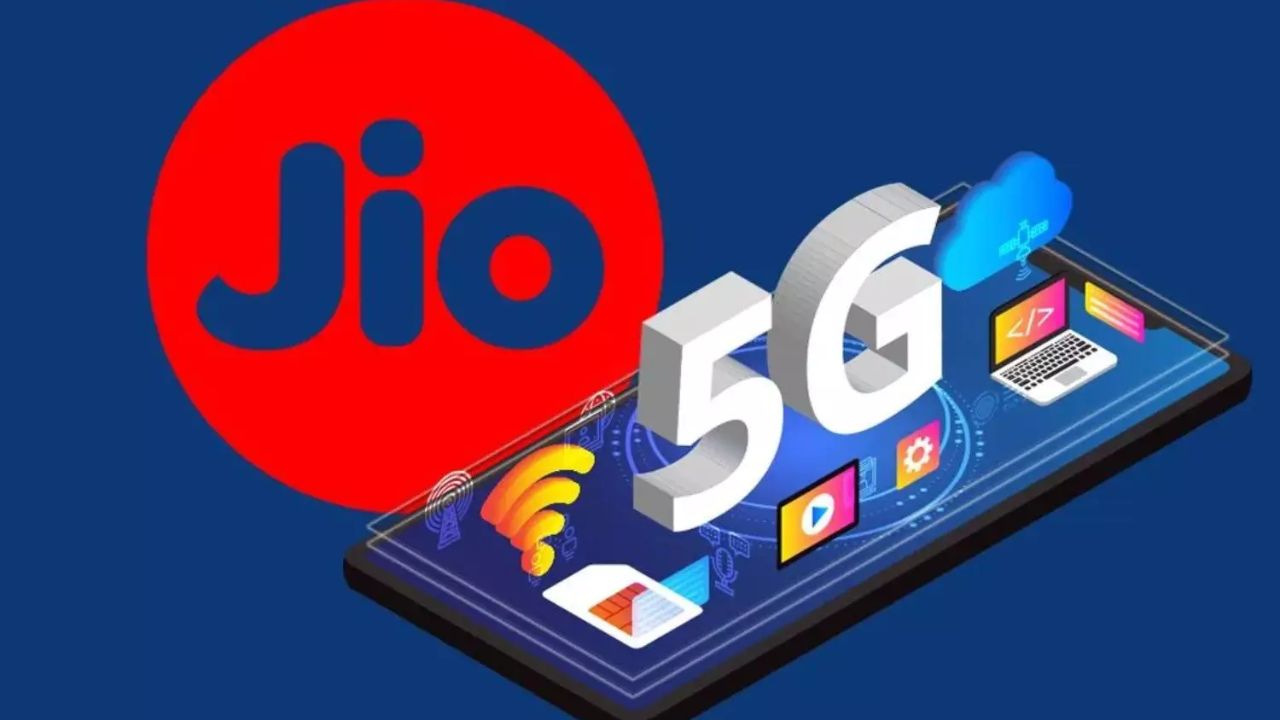The Android ecosystem sees a fresh update today with the release of Android 16 QPR1 Beta 2.1. This incremental update primarily focuses on system stability and security, incorporating a series of critical bug fixes alongside the latest June 2025 security patch. For users enrolled in the Android 16 Beta program, this release represents a step forward in refining the upcoming quarterly platform release.
Key Takeaways:
- Android 16 QPR1 Beta 2.1 is now available for eligible devices.
- The update primarily addresses reported bugs and improves system stability.
- It includes the June 2025 Android security patch.
- This release is a minor update from Beta 2, focusing on immediate fixes.
- Users can expect better overall performance and fewer glitches.
Understanding Android QPRs and the Beta Program
Before diving into the specifics of Beta 2.1, it’s helpful to understand the context of Android’s Quarterly Platform Releases (QPRs) and the Beta program. Google typically releases major Android versions annually. Following these major releases, QPRs — often referred to as “Feature Drops” – introduce new features, improvements, and bug fixes to the existing stable Android version throughout the year. These QPRs go through their own beta testing phases, similar to major Android versions, allowing developers and early adopters to test new functionalities and report issues.
The Android Beta Program itself is a crucial component of Google’s software development cycle. It provides an avenue for early feedback, enabling Google to identify and resolve issues before a stable public release. Participants in this program receive pre-release builds of Android, helping shape the final product. The feedback from this community is vital for ensuring the stability and usability of Android on a wide range of devices.
What’s New in Android 16 QPR1 Beta 2.1?
Android 16 QPR1 Beta 2.1 is not a feature-rich update. Instead, its core purpose is stabilization. Feedback from users on Beta 2 highlighted several persistent issues. This new iteration directly targets those reports. While Google’s official release notes are often concise for minor beta updates, community reports and developer insights suggest fixes for the following:
- System Stability Improvements: Users had reported random application crashes and system freezes on Beta 2. This update aims to mitigate these occurrences, leading to a more fluid user experience.
- Battery Performance Adjustments: Some users experienced inconsistent battery drain. Beta 2.1 reportedly includes optimizations to improve power management, potentially leading to better battery life on supported devices.
- Connectivity Bug Resolutions: Issues with Wi-Fi dropping intermittently or Bluetooth pairing difficulties were noted by a segment of users. This update brings fixes to enhance the reliability of wireless connections.
- User Interface Glitch Rectification: Minor visual glitches and UI stutters, particularly in specific animations or transitions, are also addressed. These subtle improvements contribute to a more polished feel.
- Haptic Feedback Consistency: Reports of inconsistent or non-responsive haptic feedback have been acknowledged and addressed in this build.
- Improved Notification Handling: Some users observed delays or inconsistencies in notification delivery. Beta 2.1 refines the notification system for more reliable alerts.
The most significant addition from a security standpoint is the June 2025 Android security patch. This patch incorporates the latest security vulnerability fixes identified by Google and its partners. Regular security updates are paramount for protecting user data and device integrity against evolving digital threats. By integrating the newest patch, Beta 2.1 reinforces the security posture of devices running this pre-release software.
The Importance of the June 2025 Security Patch
The Android security patch cycle is a continuous effort by Google to maintain the security of its vast ecosystem. Each month, Google releases a security bulletin detailing vulnerabilities that have been patched. These vulnerabilities can range from critical remote code execution flaws to less severe information disclosure bugs.
For users, receiving the latest security patch means their devices are protected against recently discovered exploits. Without these updates, devices remain susceptible to attacks that could compromise personal data, allow unauthorized access, or even completely control the device. The inclusion of the June 2025 patch in Beta 2.1 ensures that beta testers are running software with the most current protections, reflecting Google’s commitment to security even in its pre-release builds.
Who Receives the Update?
The Android 16 QPR1 Beta 2.1 update is exclusively available for devices enrolled in the Android 16 Beta Program. This typically includes:
- Google Pixel devices: From the Pixel 6 series onwards, including Pixel Fold and Pixel Tablet. Historically, older Pixel devices eventually fall off the beta program support list, but for Android 16 QPR1, newer generations are the focus.
- Select non-Pixel devices: In some beta cycles, Google partners with other manufacturers to offer beta builds on their devices. However, the primary focus for early QPR betas remains on Pixel devices.
Users already on Android 16 QPR1 Beta 2 will receive this update as an Over-The-Air (OTA) notification. The download size is expected to be relatively small, given its focus on bug fixes rather than new features. For those not yet in the beta program but wishing to join, they can enroll their eligible Pixel device through the official Android Beta Program website. It is important to note that installing beta software can sometimes lead to instability or data loss, and users should back up their data before proceeding.
User Experience and Feedback
The primary goal of a beta release like 2.1 is to gather further feedback from users. Google relies heavily on these reports to identify any remaining issues and gauge the effectiveness of the implemented fixes. Users are encouraged to report any new bugs or persistent problems through the Feedback app provided within the beta build. This direct line of communication helps Google engineers refine the software before its stable release.
Early community sentiment suggests a noticeable improvement in overall system fluidity compared to Beta 2. Reports on forums and social media platforms indicate fewer application crashes and a more stable experience across daily usage. While no beta build is completely bug-free, Beta 2.1 appears to be a step in the right direction towards a more polished Android 16 QPR1.
What’s Next for Android 16 QPR1?
Following Beta 2.1, Google will likely continue with several more beta iterations or potentially move towards a Release Candidate (RC) build, depending on the stability and remaining issues. The QPR1 stable release is expected in the coming months, typically coinciding with the regular quarterly update schedule. This stable release will then roll out to all supported devices, bringing the new features and improvements developed during the beta phase to a wider audience. The progression from minor beta updates to a stable release is a meticulous process, ensuring that the final product meets Google’s standards for performance, security, and user satisfaction.
FAQ
Q1: What devices are eligible for the Android 16 QPR1 Beta 2.1 update?
A1: The Android 16 QPR1 Beta 2.1 update is primarily for Google Pixel devices (Pixel 6, Pixel 7, Pixel 8 series, Pixel Fold, Pixel Tablet) enrolled in the Android 16 Beta Program.
Q2: How do I get the Android 16 QPR1 Beta 2.1 update?
A2: If you are already on Android 16 QPR1 Beta 2, you will receive an Over-The-Air (OTA) update notification. If you wish to join the beta program, you can enroll your eligible Pixel device on the official Android Beta Program website.
Q3: Is the Android 16 QPR1 Beta 2.1 a major update?
A3: No, Beta 2.1 is an incremental update focused on bug fixes and stability improvements, along with the June 2025 security patch. It does not introduce significant new features.
Q4: What is a QPR in Android?
A4: QPR stands for Quarterly Platform Release. These are updates released by Google throughout the year that bring new features, improvements, and bug fixes to the existing stable Android version.
Q5: What is the significance of the June 2025 security patch?
A5: The June 2025 security patch includes the latest vulnerability fixes identified by Google, protecting devices against new digital threats and ensuring data security.
Q6: Should I install beta software on my main device?
A6: Installing beta software can sometimes lead to system instability, application crashes, or potential data loss. It is generally recommended to avoid installing beta software on your primary device unless you are comfortable with potential issues and have backed up your data.


